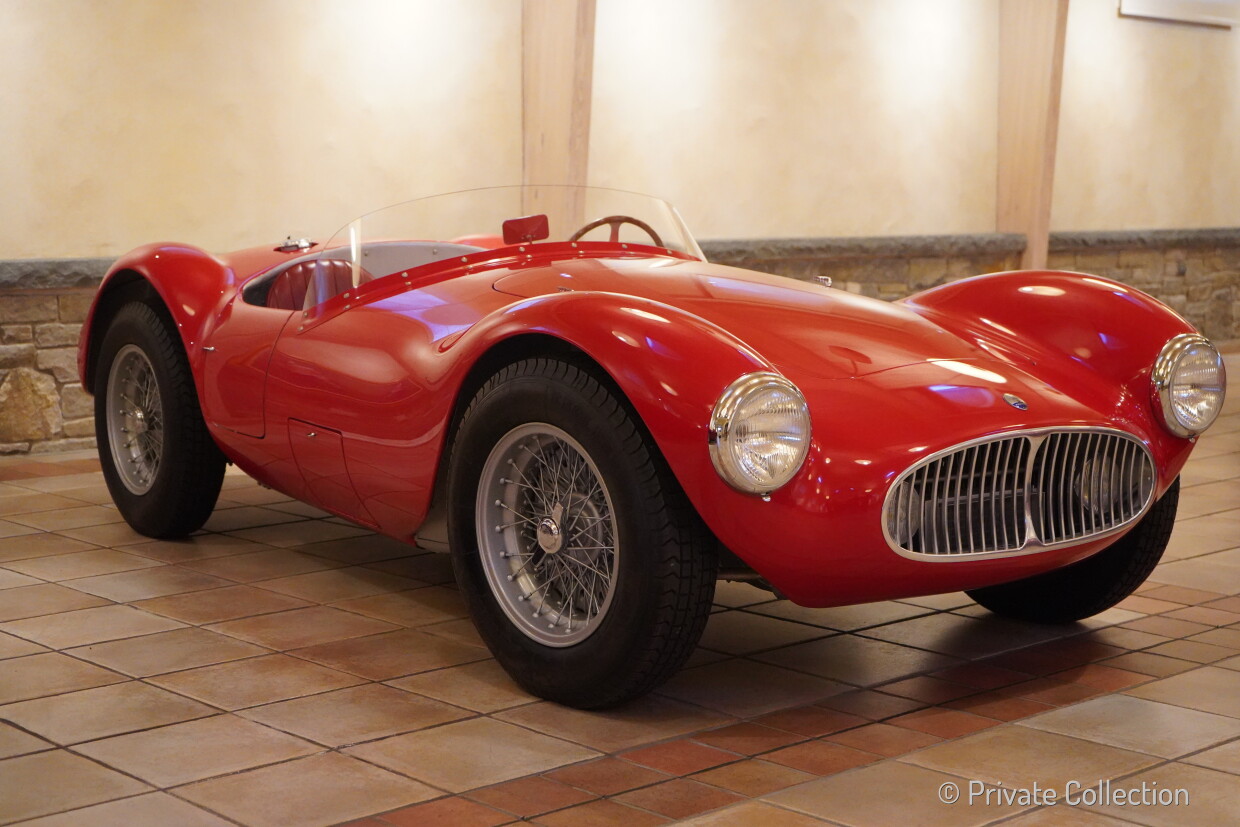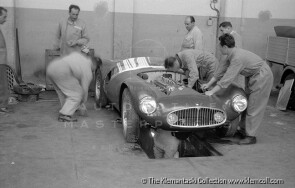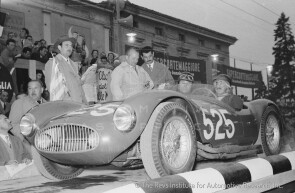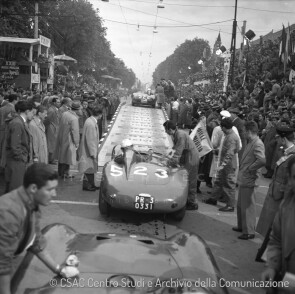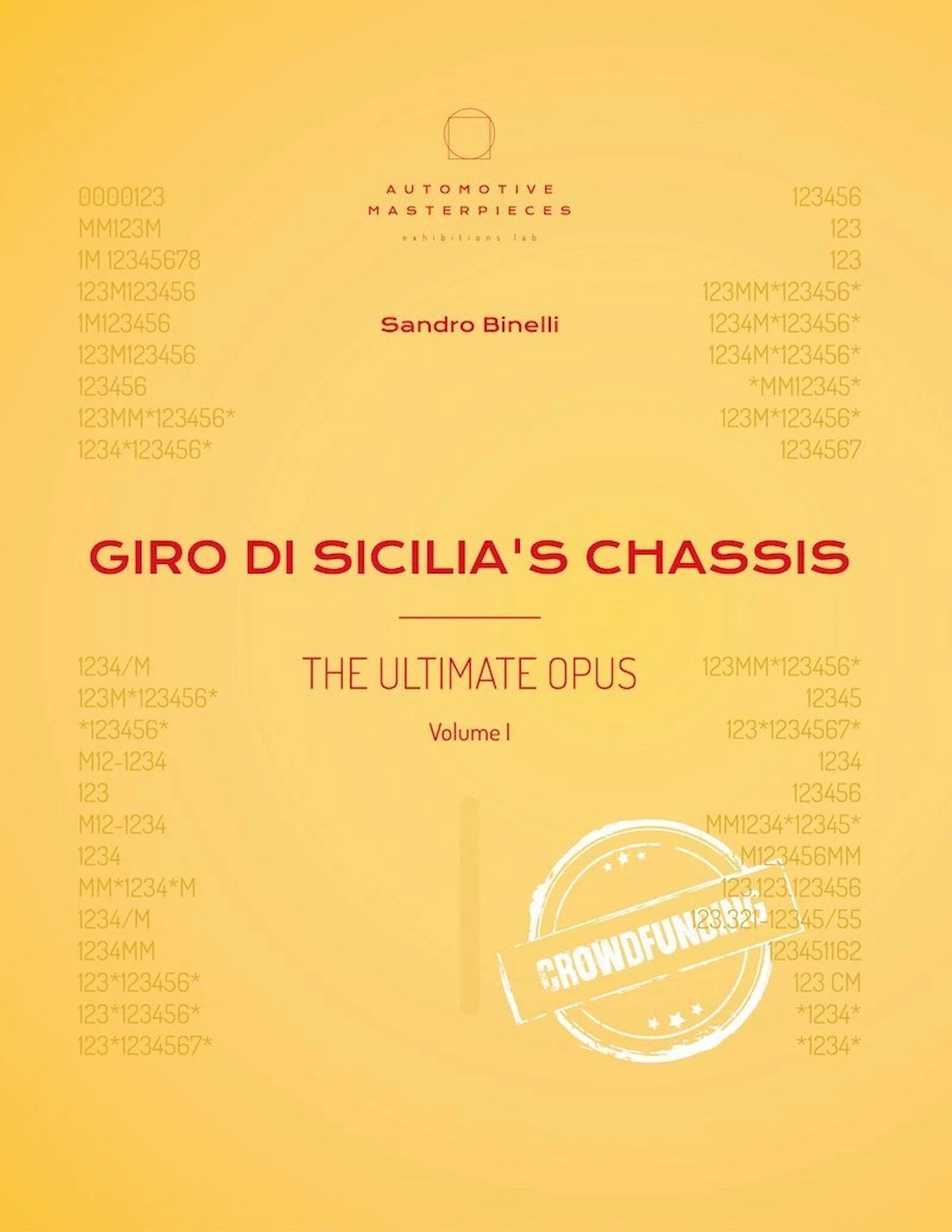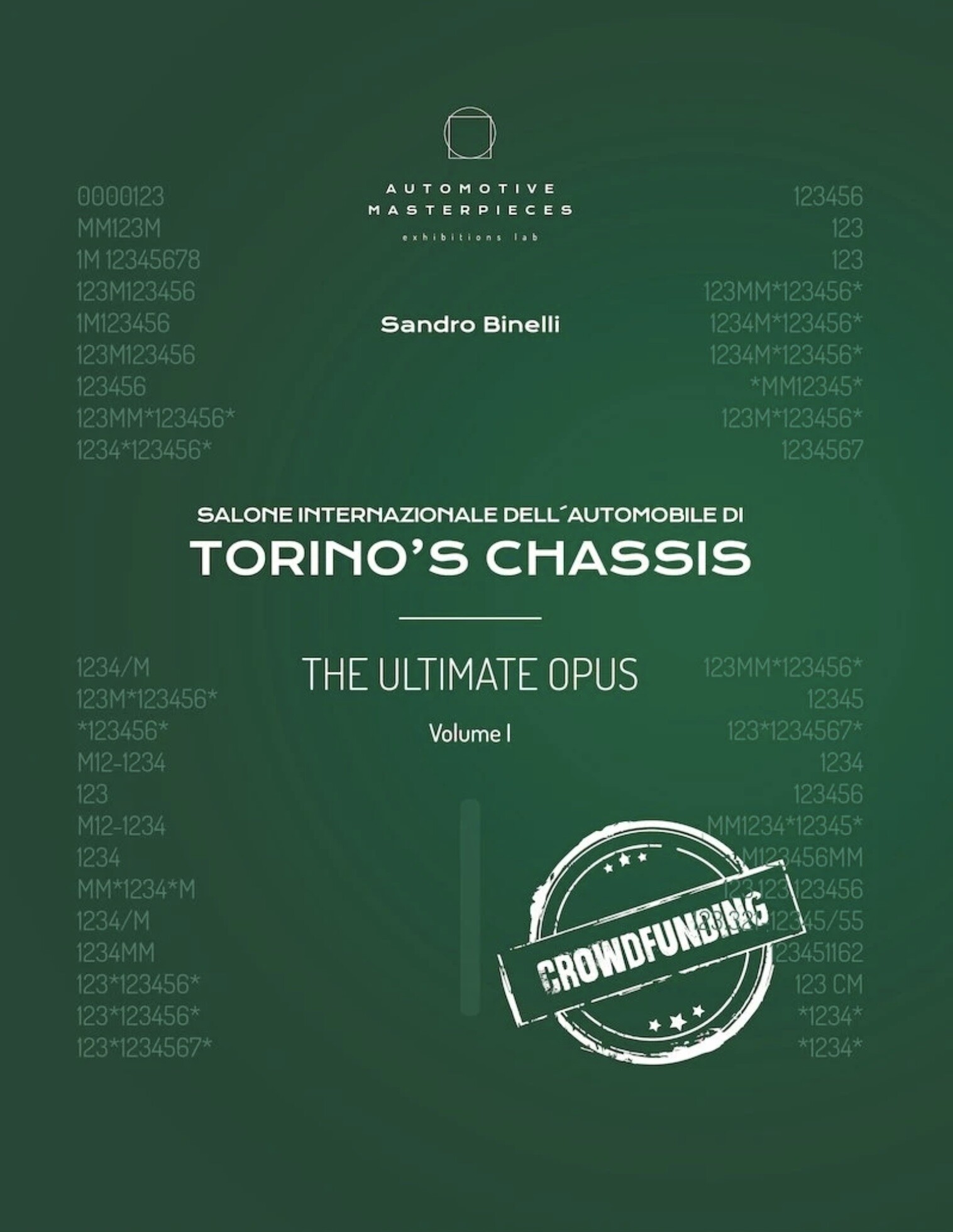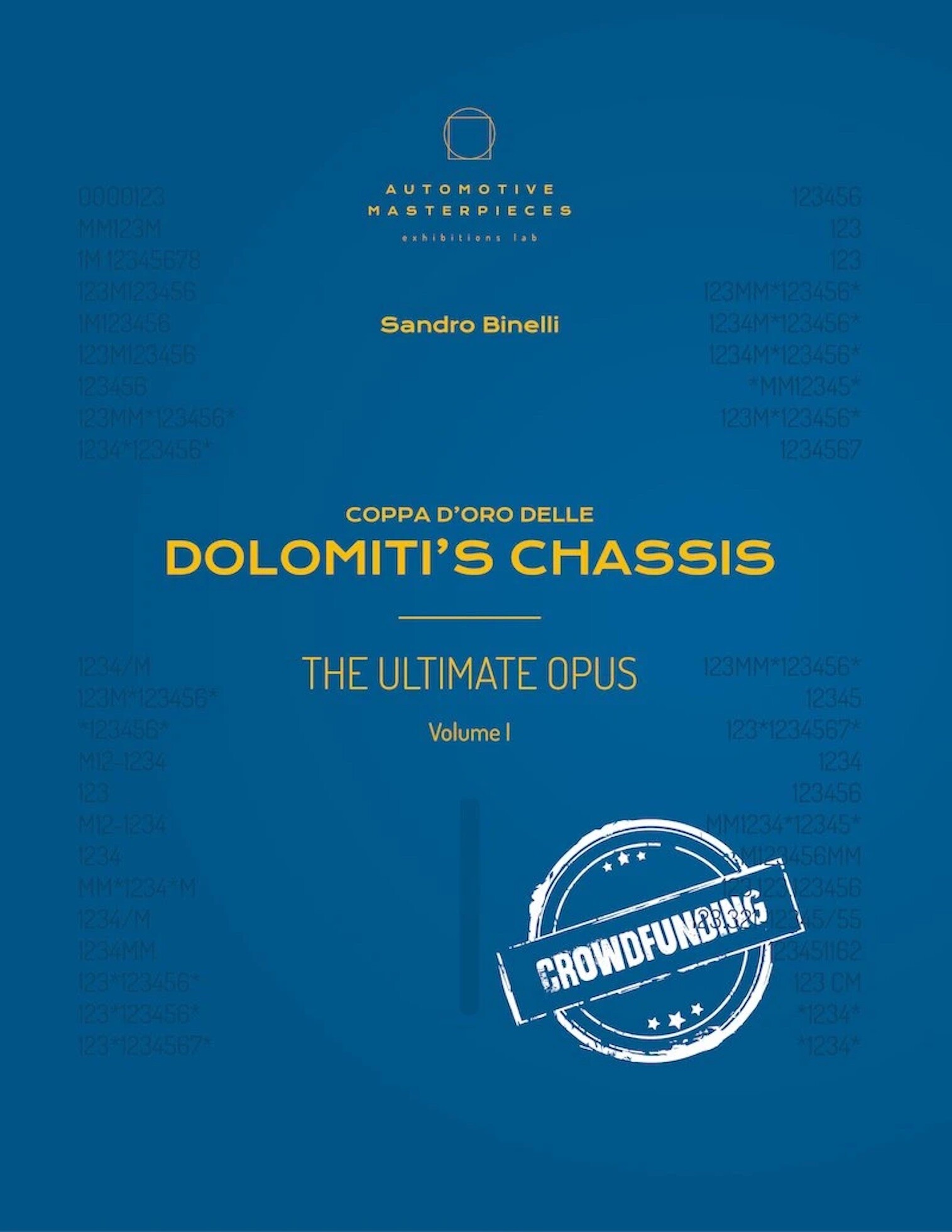
1953 Maserati Sport 2000
ON/OFF
Why am I an Automotive Masterpiece?
G. Team cars
Ecurie La Meute (FR)
H. Works cars
Officine Alfieri Maserati SpA (IT)
J. Movie cars
Mille Miglia 1953 - Un film Shell (IT)
K. Famous chassis’ cars
The first chassis of Sport 2000 built
L. Limited edition cars
1st built
The new post-war models from Maserati, featuring the A6 1,500-cubic centimeter six-cylinder and the A6G two-liter six-cylinder engines, showcased sprightly performance. However, the Modenese house also aimed to revive its previously victorious racing ambitions from the 1930s. Officially designated as the '2000 Sport,' the new Maserati sports racer was better known as the A6GCS. The model designation pays homage to Alfieri (Maserati) 6-cylinder Ghisa (cast iron crankcase) Corsa Sport. In fact, this car was the last design conceived under the Maserati brothers Ernesto, Ettore, and Bindo before their departure, with guidance from their eventual successor in the technical department, Alberto Massimino. The initial A6GCS had a coupe body, but this was quickly replaced in favor of a much lighter 'siluro' or cycle fender body, created for Maserati by Medardo Fantuzzi. One of the most recognizable features of Series I was a single headlight (monofaro) mounted in the grille. Fitted with a four-speed gearbox, the A6 engine was installed at a slight angle to the side to achieve a low seating position for the driver, within a conventional ladder frame constructed by specialists Gilco using round-steel side and cross members. Suspension featured double wishbones and coil springs at the front, and a live axle and semi-elliptic leaf springs at the rear. Houdaille lever arm shock absorbers were found on all four corners, as were the hydraulically operated drum brakes. The A6GCS was campaigned by the works team and also offered to customers. Continuous development led to each car having unique characteristics. A total of 15 cars were made, with two exported to Brazil (chassis 2012 and 2019) and only one to the US. Two team cars raced with Alberto Ascari and Luigi Villoresi during 1947/48, the latter winning the Italian championship both years. It was eventually succeeded by a new model that incorporated all the updates. Introduced in 1953, this 'Series II' was accordingly known as the A6GCS/53.
The second version of the Sport 2000, also known as A6GCS/53, was a two-seater racing car manufactured by Maserati from 1953 to 1955. After several years, it became apparent that the technical design and power output of the A6GCS were limited in comparison to Ferrari and Lancia. Meanwhile, the considerable number of races dedicated to the sports-car category in the first half of the 1950s proved to be a strong attraction for manufacturers, including Maserati, which had always been committed to a commercial policy. In 1953, the task of improving the A6GCS was taken up with the assistance of a new addition to the design department: the talented and versatile Gioacchino Colombo (formerly with Alfa Romeo and Ferrari). Following the directives for the 2000 cc class, Colombo successfully implemented them with an F2 single-seater and went on to design a new 2-litre sports car using the same engine. The power unit featured three carburetors, a dry sump, aluminum cylinder block, twin sparks, and twin cams—an engineering marvel whose basic design was later adopted by BMW. By focusing on refining the engine's performance and combining it with a Gilco chassis basis (a revised version of the existing one), the project proved to be valid. The second edition of the A6GCS began its career in semi-official form in the spring of 1953, showcasing impressive performances for a group of selected customers and serving as a formidable promotional vehicle. The A6GCS/53 proliferated in Europe and the Americas, serving as an excellent training car for a whole generation of drivers. Production continued until the end of 1955, surpassing the 50 units produced. Almost all of them were set up in a spider version, created by Medardo Fantuzzi and, alternatively, by Celestino Fiandri. The car featured a distinctive appearance with its high front fenders. No two A6GCS/53 cars looked exactly alike, starting from the different versions of the radiator grills with varying numbers of vertical bars, without the Trident emblem or with the Trident in the center and one, two, or three horizontal bars. A notable distinguishing feature between cars with Fantuzzi and Fiandri coachwork is that Fantuzzi’s bodies had a long bulge to accommodate the side exhaust. Additionally, there were two spiders from Frua, one from Vignale, and three Pininfarina berlinettas. While Maserati was not as skilled at promoting its cars, the A6GCS/53 proved to be a commercial success in Europe, particularly in Italy. Marketing and promotion were more successful in the USA, although only a few units were sold new there.
In February 1953, Gino Valenzano wrote an article for Auto Italiana about the news for sports cars and anticipated the forthcoming new Maserati. The first A6GCS/53 was ready in April, and it was the chassis no. *2040*. This is the very first chassis built of this model. The car is photographed while being assembled in Modena and published on Auto Italiana. It was tested by the drivers Giletti, Bertocchi and Fangio at the Modena racetrack and Giletti beat the official record time of this track for sports cars, held by Bracco with the 3-litre Ferrari, a time also approached by Bertocchi. Fangio declares himself enthusiastic about this car, particularly due to the engine and the extraordinary road holding. Chassis no. *2040* was used by the factory as a homologation specimen for the International Automobile Federation (FIA) in Paris which sanctions all major events in the Sportscar World Championship and Formula 1. In April 1953 it immediately debuted as a works car at the Giro di Sicilia with the first owner, Emilio Giletti, at the wheel. He was a racing driver and owner of Giletti S.p.A., textile company; he was also the father of the anchorman Massimo Giletti. He had ordered the car on December 17, 1952, that was officially completed on May 2, delivered on May 6 and registered (Milan) the same day. But already in April the car was at the start of the Mille Miglia with number 525, driven by a “super-team”: Giletti and Guerrino Bertocchi, official Maserati mechanic, racing and test driver. Chassis and engine number of the car are reported on the entry form. It’s a success: the car qualifies 6th overall and 1st in class and thus inaugurated a career in which it almost always stood on the podium, in class or overall. Immediately after the 1953 Mille Miglia, the racing Maserati #512 and #525 (chassis no. *2040*) are proudly exhibited at the 35th Salone dell’Automobile in Torino, held from April 22 to March 5, 1953, still with their race number and dust on them. As can be deducted from the dates, the cars were exhibited after the show had begun. In May the car is 2nd overall at the Targa Florio, where it is behind only Umberto Maglioli's powerful Lancia D20. It then fights all the most important races of that year successfully. The car raced in Italy but also abroad, building a truly enviable list of successes until 1957. In the meantime, Giletti decided to sell the A6GCS and, despite his passion, gave up racing when he took up his position at the head of the family business. As usually happens with racing cars, to remain competitive or update itself, the car changed details in the livery: for the 1955 Mille Miglia, the car acquired a white circle painted framing the grill. The latter had changed: no longer vertical bars, but now horizontal with a large trident in the centre. For 1956 Mille Miglia, the Maserati sports a new tapered aerodynamic fairing behind the driver’s head. After 1957 there is no evidence of further competitions and, after a period of oblivion, chassis no. *2040* was found overseas by dealer Bruce Vanyo in a scrapyard in Oakland, in very poor condition in 1989. The car was restored by Nino Epifani in San Francisco between 1991 and 1993. It returned as queen of the concours d'elegance, at the end of the 1990s. Chassis no. *2040* is now restored in its primitive shape, before the evolutions.
